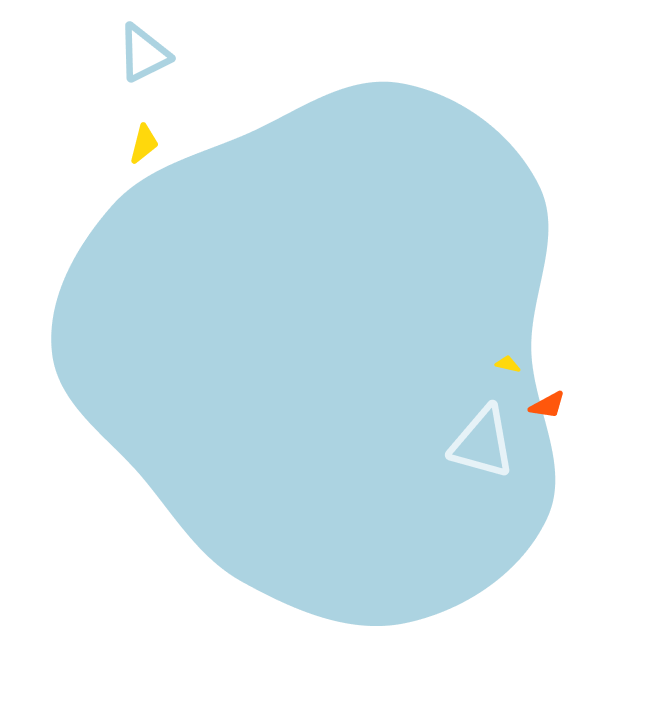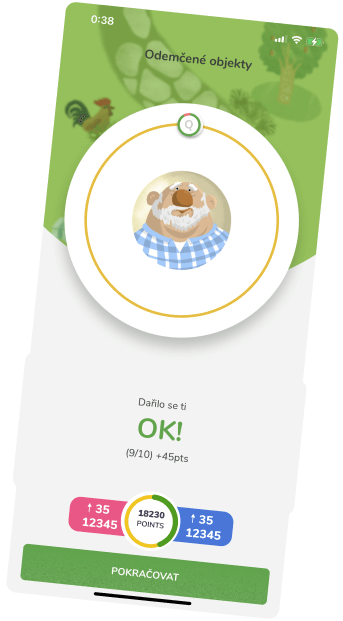Comparing the Culture of Cookies, Cakes, Pies and Bread
By Mark Shimada
My first Christmas visit to Prague, I was invited to be on a Czech TV morning program to show the cookies my sister and I baked that I brought. A few days later, at a family’s house, I saw that mine were twice as big! A few days later, at a family’s house, I saw Czech Christmas cookies, Vánoční cukroví (pronounced Va-noch-knee tsu-kro-vi), and I also saw that mine were twice as big like in this photo! Seeing theirs, I imagined that at 7am in the morning, a few people probably choked on their coffee when they saw the giant US Christmas cookies.
This little story is a good example of where culture and context meet. The literal translation of vánoční cukroví is Christmas sweets, while in fact for cookies, sušenky is more commonly used. If I were to bake chocolate chip cookies, I’d call it sušenky s kousky čokolády, which translates as cookies with small pieces of chocolate. Chocolate chips aren’t common, so it wouldn’t be understood if it were literally translated, because people wouldn’t know what you mean.
My partner’s niece, who is Czech, put her Granny’s Christmas cookie recipes into a booklet with pictures. We gave it to my sister this past Christmas. After having met Granny, my sister with her daughters now want to bake one of her cookie recipes every Christmas. .
Food is a great subject area to develop language proficiency. It’s a great subject to learn about Czech culture, and to have fun sharing your culture, too.
In the US, I recall being able to buy strawberries, blueberries, and raspberries year round. But, living in the Czech Republic, I’ve gotten more accustomed to the natural seasons. It’s almost strawberry season, and that means fruit dumplings, ovocné knedliky! Something unique, tasty, and very uncommon in the US.
Summer means strawberry dumplings, blueberry dumplings, apricot dumplings, and plum dumplings, each with their own kind of toppings with either grated farmer’s cheese, gingerbread, or ground poppy seed, sprinkles of sugar, and melted butter.
There’s also the summer fruit cake, called koláč. This kind of cake is different from what we know in the US. It doesn’t have as much sugar, no frosting, but instead it has fresh fruit on the top sprinkled with streusel before baking.
The kind of US cakes with frosting and many layers, are commonly referred to as a dort. Czechs have dorts, too, but they are usually just one or two layers, and not as sweet, which I’ve learned to prefer. In fact, when I was in the US, my sister-in-law asked me to bake a chocolate cake with a raspberry filling. When describing this cake to a Czech, I learned that the cake layer is called a korpus in Czech, and the whole thing when finished is called a čokoládový dort. The raspberry filling is called naplň, or krém.
If you want to be a big hit with Czechs, make a fruit pie, like a strawberry pie, which would be referred to as a jahodový kolač, or páj, the latter being borrowed from English and reflecting the Czech phonetic spelling of the U.S. word. But, if you make a traditional U.S. pie, Czechs will be delighted with it.
There’s one more that I want to mention. In Czechia, if you want to buy bread, they will ask you if you want a whole loaf, celý bochník, or half a loaf, půl bochníku. In Czechia, it’s common to get only half a loaf, while in the US, it’s rare. So, when you ask your CZ partner to get a loaf of bread, make sure to specify if you want a whole loaf or half a loaf. Again, don’t literally translate it as a whole loaf of bread, celý bochník chleba, or half a loaf of bread, půl bochníku chleba.
Now, I hope you know that some things cannot or should not be literally translated. Culture and context matter. This is important to understand as you practice Czech. Don’t try to acquire Czech by being a translator, be more like an interpreter. Be more like a cultural sponge – learn and remember the phrases that are related to specific cultural and other contexts. You’ll be understood better and not only that, you’ll also be seen appreciated for your efforts to be more “Czech”.



















